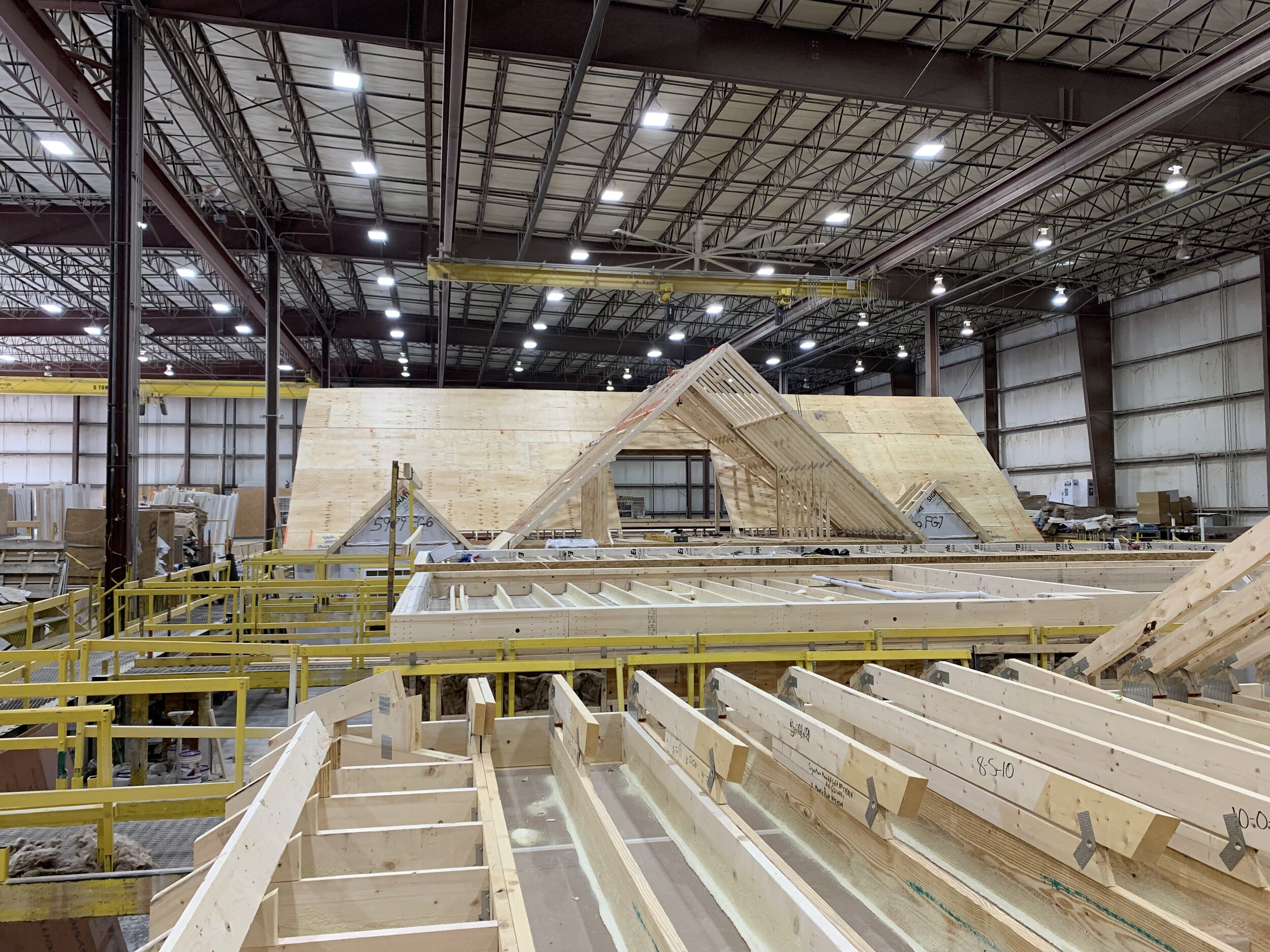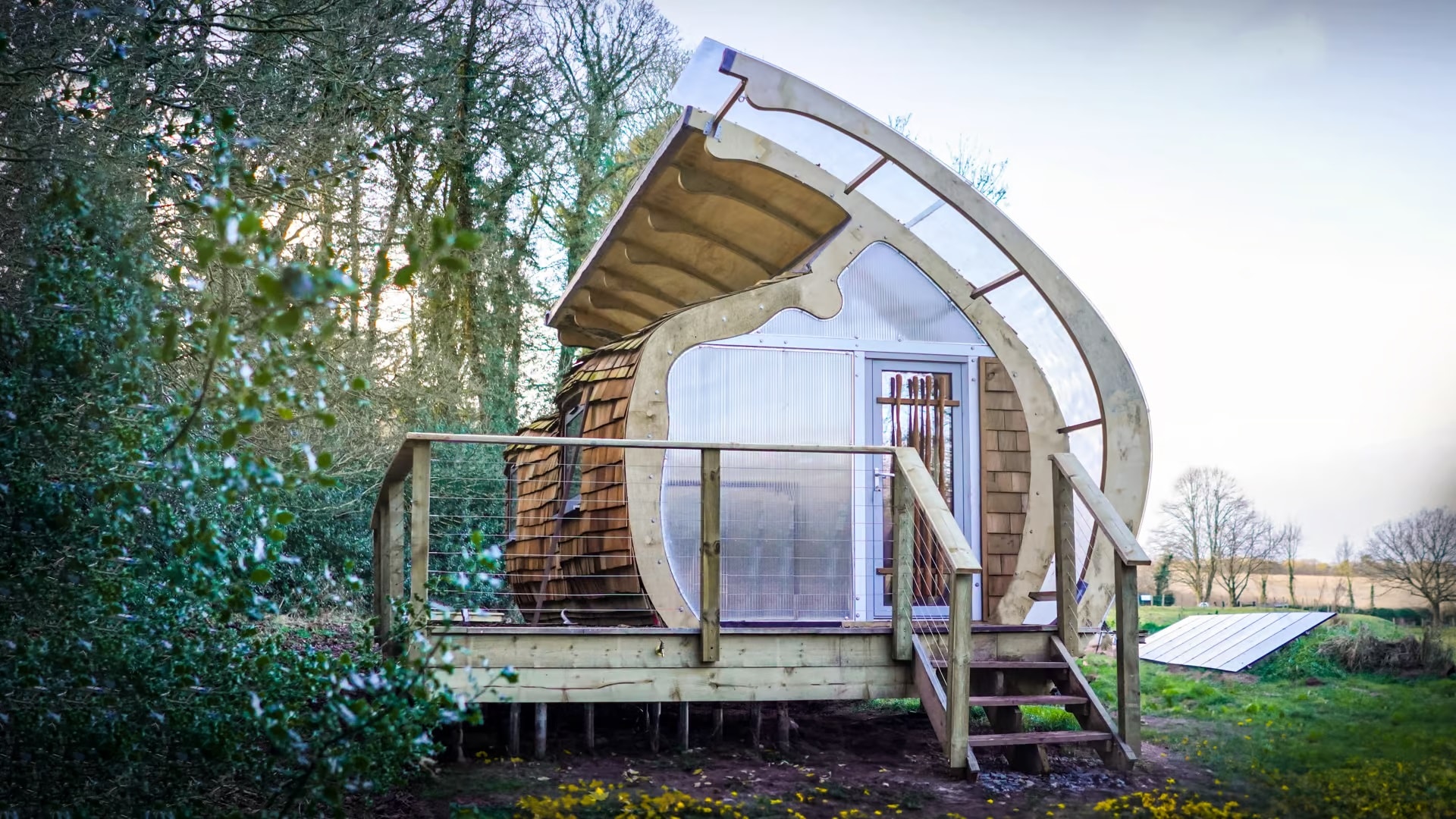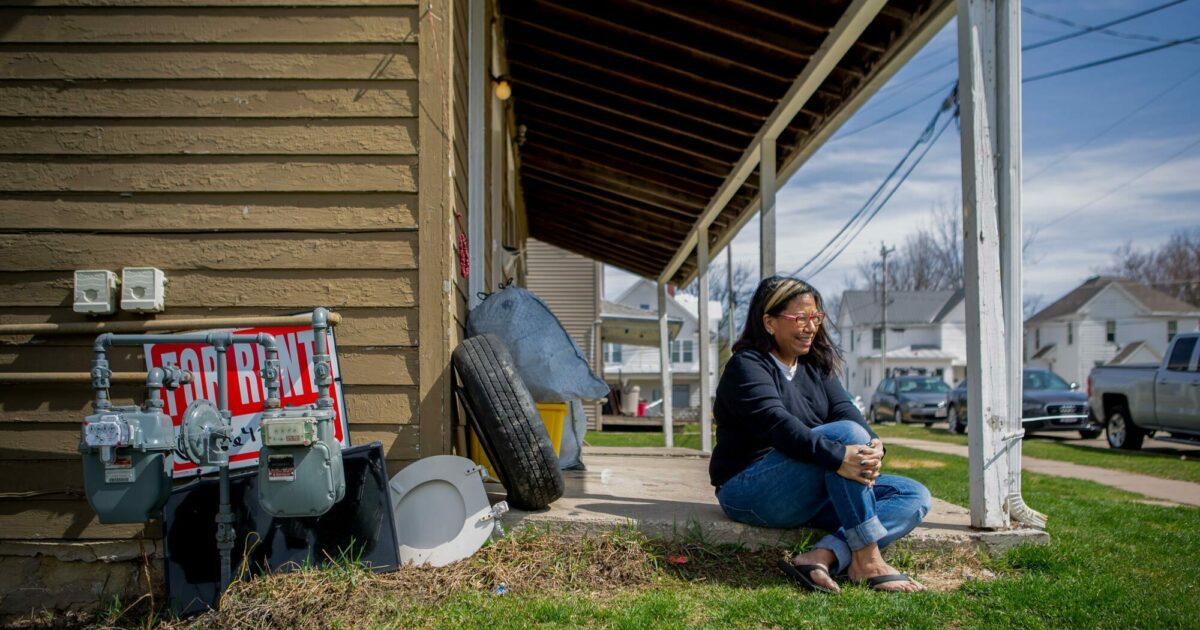By Gary Fleisher
In offsite home manufacturing such as modular and manufactured homes, determining the maximum production capacity is not just a matter of numbers but a complex dance of multiple, interconnected factors. Here are 10 critical components that every factory must assess and optimize to achieve their full potential.

1. Optimizing Factory Size and Layout: The physical space of our factories sets the stage for everything you do. A spacious factory allows for more production lines, translating into more modules. But size isn’t everything; how you design this space matters just as much. An intelligent layout that facilitates smooth movement of materials and workers is crucial. You must think ahead, ensuring your factories can grow and adapt as your production needs evolve.
2. Enhancing Workforce Capacity and Skills: Your workers are the backbone of your operations. It’s not just about how many people you have; it’s about their skills, specializations, and efficiency. Continuous training, effective shift systems, and strategic hiring ensure you have the right mix of talents – from engineers to quality control experts. A satisfied, stable workforce is a productive workforce.

All factory photos –Signature Building Systems
3. Utilizing Advanced Machinery and Equipment: The machinery you choose can make or break your production capabilities. Investing in automated, cutting-edge equipment speeds up production and ensures consistency. But it’s a balancing act – sometimes you need a human touch for complex modules. Keeping up with technological advancements like robotics and AI is key to staying ahead.
4. Managing Supply Chain and Inventory Effectively: A steady flow of materials is the lifeblood of your production. Effective supply chain management means choosing reliable suppliers and managing our inventory to avoid both shortages and surpluses. Implementing just-in-time inventory practices helps you minimize waste and reduce storage needs.
5. Streamlining the Production Process: Efficiency is your mantra at every production stage. You must constantly be re-evaluating your processes, adopting lean manufacturing principles, and striving for continuous improvement. Reducing the time from assembly to finish, without compromising quality, is your ongoing goal.
6. Upholding High Quality Control Standards: In your quest for speed, never lose sight of quality. Rigorous quality control is non-negotiable, ensuring your homes meet market and safety standards. Sometimes this means slowing down, but it’s worth it for the longevity and satisfaction of your customers.
7. Adapting to Market Demand and Conditions: Make sure your production is in tune with market demand. Overproduction leads to increased costs and inventory woes. Use available market research and customer feedback to stay ahead production plans, remaining flexible to adapt to market shifts.
8. Ensuring Regulatory Compliance: Staying within the lines of local and international building codes and regulations is paramount. This affects everything from design to materials and construction methods. Keeping up with regulatory changes is not just about legality; it’s about reputation and trust.
9. Managing Energy and Resource Needs: Efficient use of resources like electricity and water doesn’t just cut costs; it aligns your factory with sustainable manufacturing practices. You should always be exploring renewable energy sources and implementing energy-saving measures.
10. Proactive Maintenance and Downtime Management: Regular maintenance of machinery is essential to avoid unexpected breakdowns and production halts. A proactive approach, routine staff training, and a rapid response plan for equipment failures keep production lines moving smoothly.
Achieving maximum production in an offsite home factory is a continuous journey of improvement. It involves technical and operational enhancements, strategic planning, workforce development, and adaptability to external factors like market trends and regulatory changes. It’s a challenging but rewarding journey, one that keeps you at the forefront of the offsite home industry.
A Note from Gary: Over the next month, I will be expanding each of these 10 ways to maximize factory production in greater detail. Stay Tuned!
.
Gary Fleisher is a renowned blogger and commentator on construction and housing trends, known for his insightful analysis of the industry.



